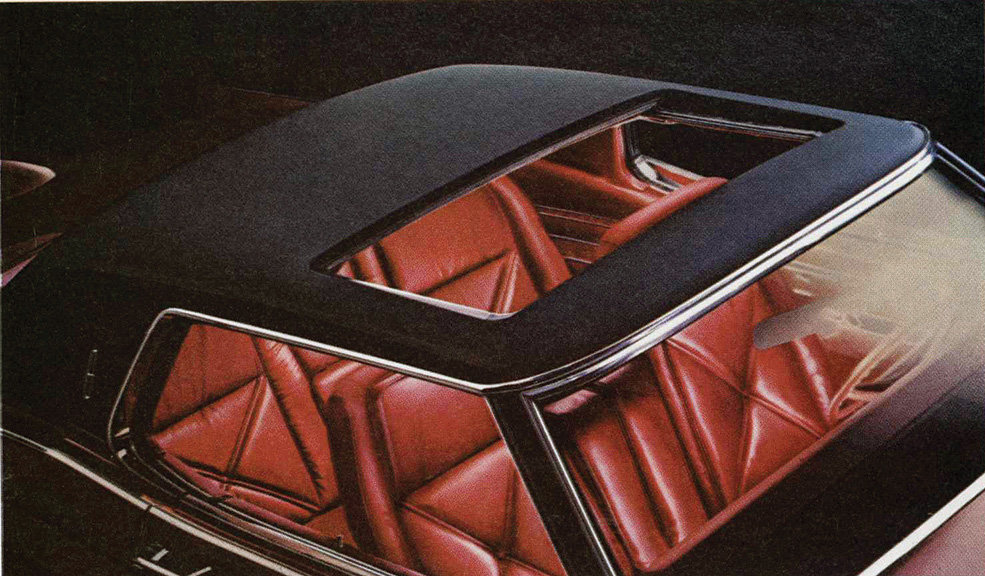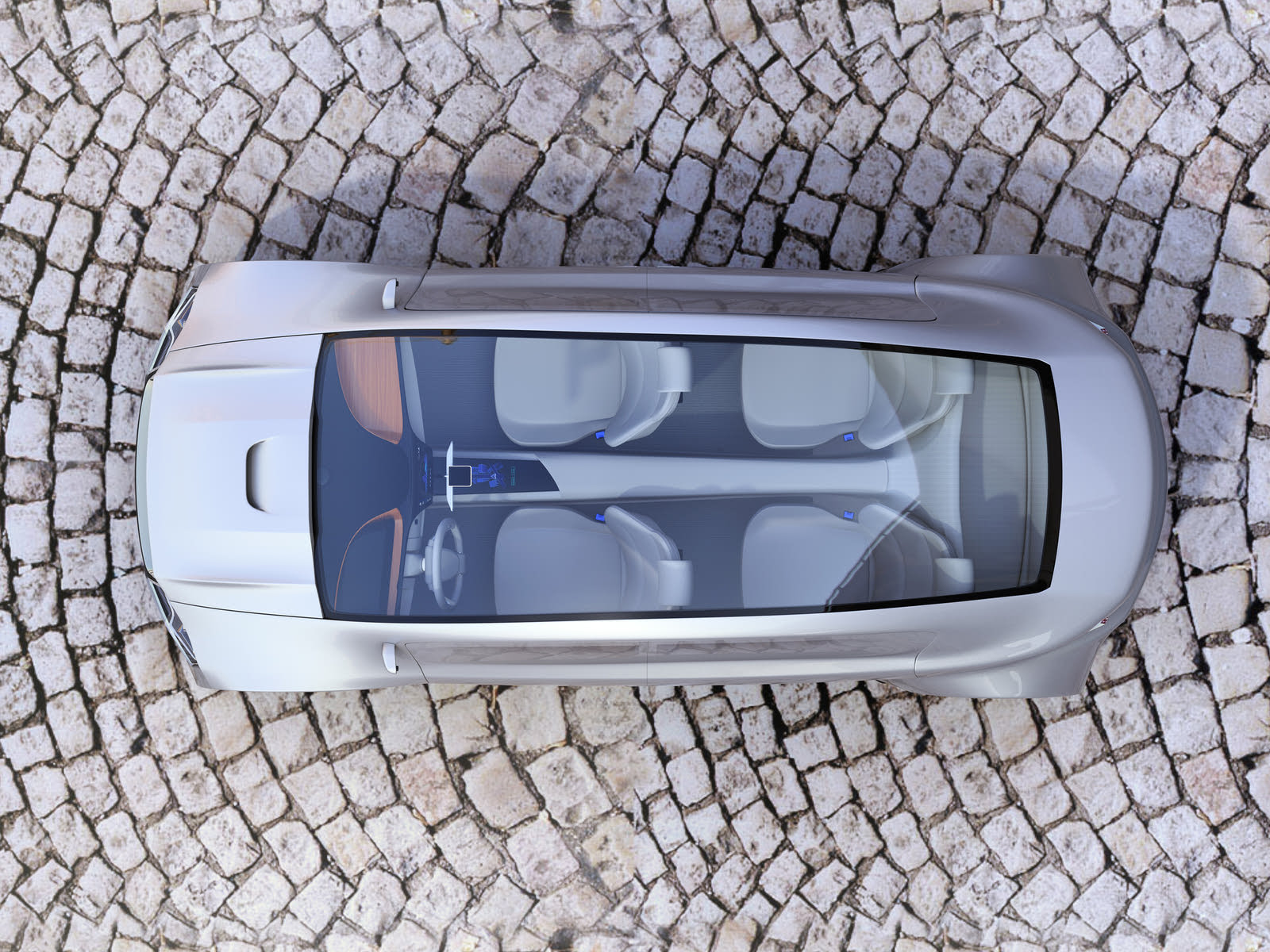Updated on: July 26, 2021
If you've ever shopped for a car, you might have heard the terms "sunroof" and "moonroof," both of which refer to a roof opening. Is there a difference?
The Past

In the very early days of the automobile—think 1915—most models had part-time, removable cloth roofs. These were fabric or leather, essentially primitive tent-style devices erected over the car's body. You could fold them down when the weather was nice, and then put them up if it started to rain or snow. Over the following couple of decades, the standard template for a car became the sedan, a hard-top vehicle with a permanent steel roof that couldn't vary with the weather conditions.
Nash Motor Company, a defunct automaker formerly based in Wisconsin, wanted to give buyers back some of that old open-air functionality. So, in 1937, Nash offered what it called a "sunroof" on some of its top cars. This was a metal panel that you could pop up and remove when you wanted some sun. However, when it was in place, you had an ordinary, sealed roof. Over the years, this idea took off, and various automakers offered their own type of sunroof. The 1952 Jaguar Mark VII offered a rare, manual-sliding metal sunroof, which retracted into the rest of the roof. Meanwhile, prior to 1965, the Volkswagen Beetle offered a canvas that spanned the entire roof and that stacked up at the rear to allow light in.
In 1973 Lincoln debuted the "moonroof" on its Continental Mark IV. One of the car's "killer apps," the moonroof was a piece of glass, rather than metal, that slid back into the roof, letting in fresh air and sky. What’s more, the glass had a one-way silver tint, so that occupants could see out, but outsiders could not see in. The name "moonroof" was used because the tinted glass panel of the new window added to the Continental Mark IV’s dreamy, romantic theme.
The Present

While the terms sunroof and moonroof are often used interchangeably, the simplest distinction is that sunroofs are made of metal, while a moonroof is simply a glass sunroof. As you can imagine, the moonroof is far more prevalent than the sunroof in today's new cars. Generally, it is a small square of tempered or laminated glass over the front portion of the cabin that allows a view of the sky, and tilting or power-retracting into the roof to let in air. Most power moonroofs on new vehicles also come with wind deflectors that minimize noise while they are open, and opaque covers that slide over the glass, in case you don't want to see the sky at all.
Some new cars, especially SUVs and wagons with their long, panoramic roofs, offer what are aptly called "panoramic moonroofs." These are wider expanses of glass that cover most or all of the occupants of the cabin, granting everyone inside a panoramic view of the sky. Usually, the front half of the glass slides over or under the back half, for partial openness. Panoramic roof systems typically also include a thin powered fabric mechanism that you can use to obscure the glass, on-demand.
Virtually every automaker, from Chevrolet and Ford to Honda and Acura, offers various types of moonroofs on new vehicles. A few automakers go above and beyond with moonroofs: Mercedes-Benz, for instance, offers its Magic Sky Control moonroof on a select few of its luxury cars. This glass roof panel varies from tinted to fully opaque at the flick of a switch. Meanwhile, Tesla's latest cars push the expanse of the moonroof to its limit, with minimal interruptions to your view of the sky.
As far as sunroofs go, those are scarce, but they do exist. The Jeep Wrangler's Freedom Top consists of two opaque sections of the roof, above the front seats, that can be removed and stowed away. Jeep offers a similar concept called My Sky on the Renegade. There's also the MINI Convertible, whose fabric soft-top has a fabric section that folds back in the event that you don't want the entire roof down, creating a sunshade of sorts.
The Future

Much like everything else that has to do with cars, automakers aren't sitting still on sunroof/moonroof technology. Hyundai has announced a new kind of airbag designed to keep your limbs from dangling out of an open moonroof in the event of a rollover. Working like an inverted life raft, it inflates in eight hundredths of a second to cover the void and contain everyone safely. There's also the question of why you need a moonroof at all, and technology-driven usability enhancements may see us coming full circle one the car roof. Toyota is working on a concept that involves inbuilt cameras strategically placed to compile foreground, mid-ground, and background layers of the view above the roof of a car. These would then be displayed on the solid headliner, giving you the illusion of a sky, while allowing the roof to be made of sturdier materials than glass.
Everything You Need to Know About Car Shows
10 Good Reasons to Buy a New Car
CVT vs Automatic vs Dual Clutch: What's the Best Type of Transmission?
